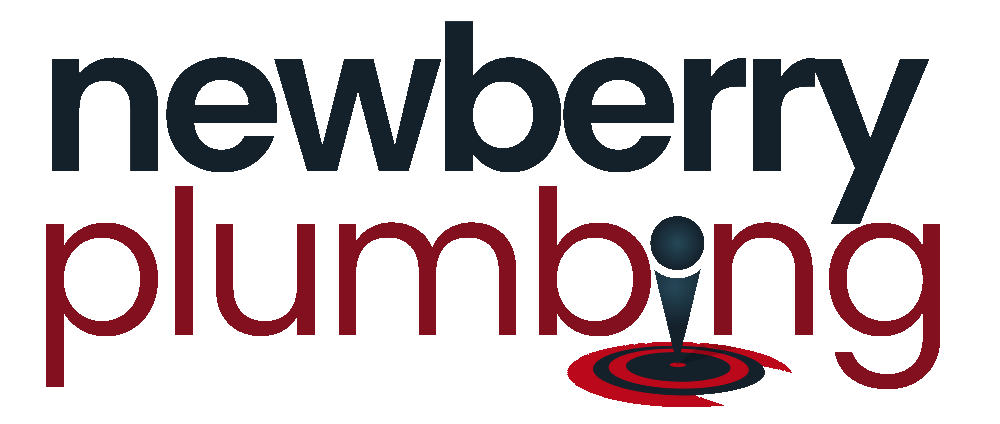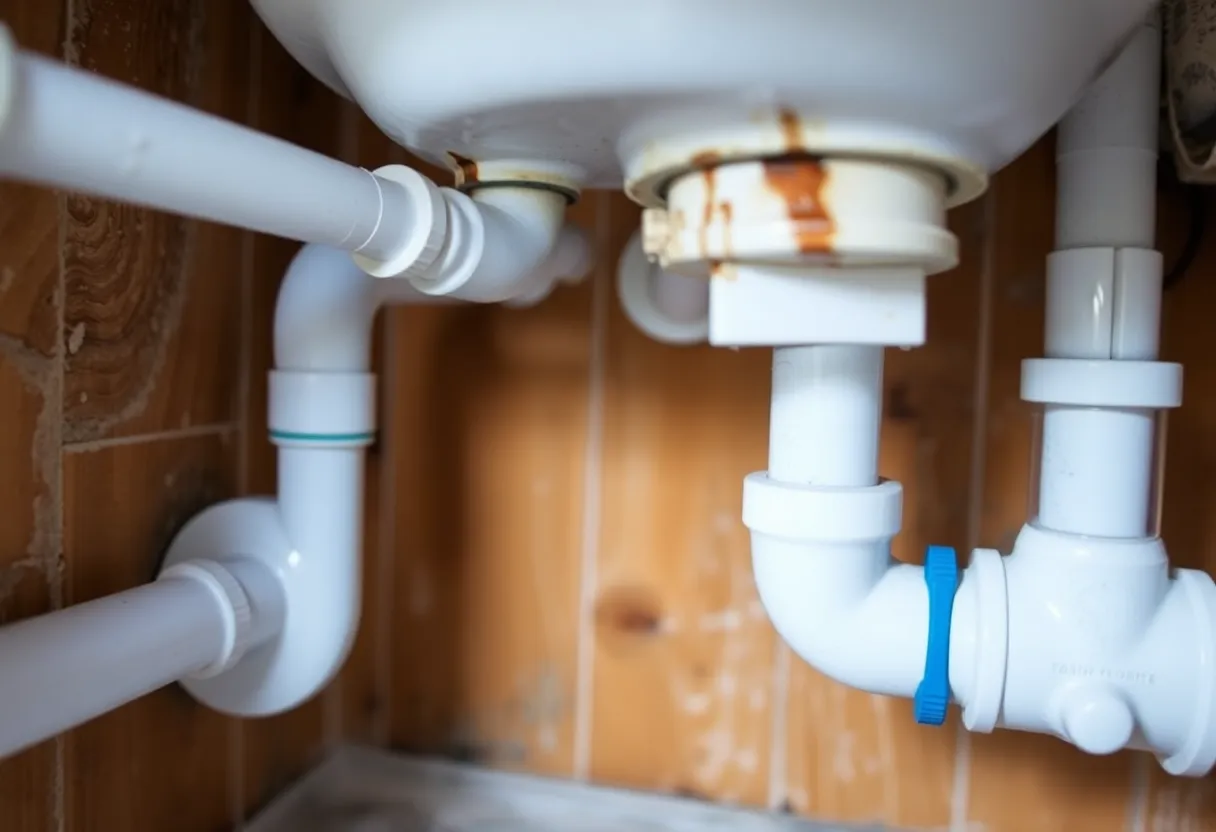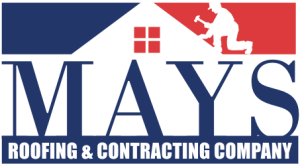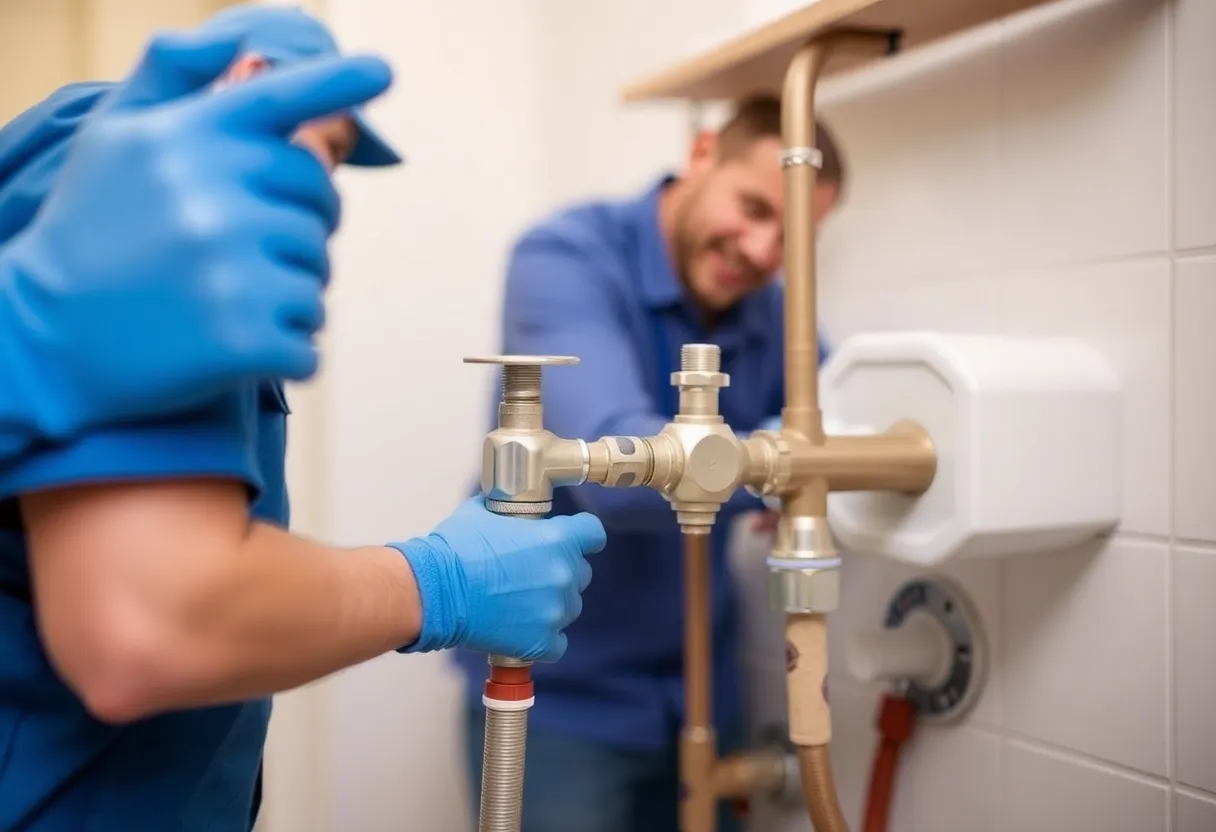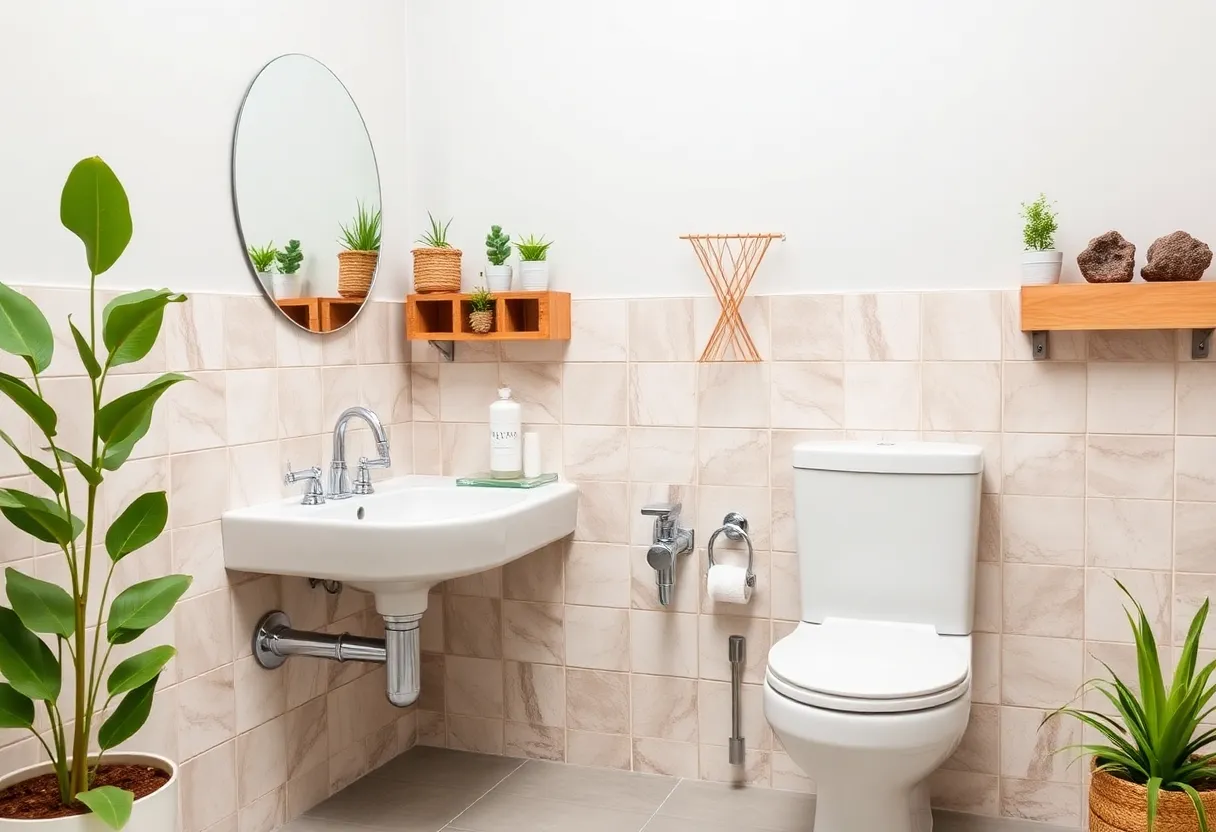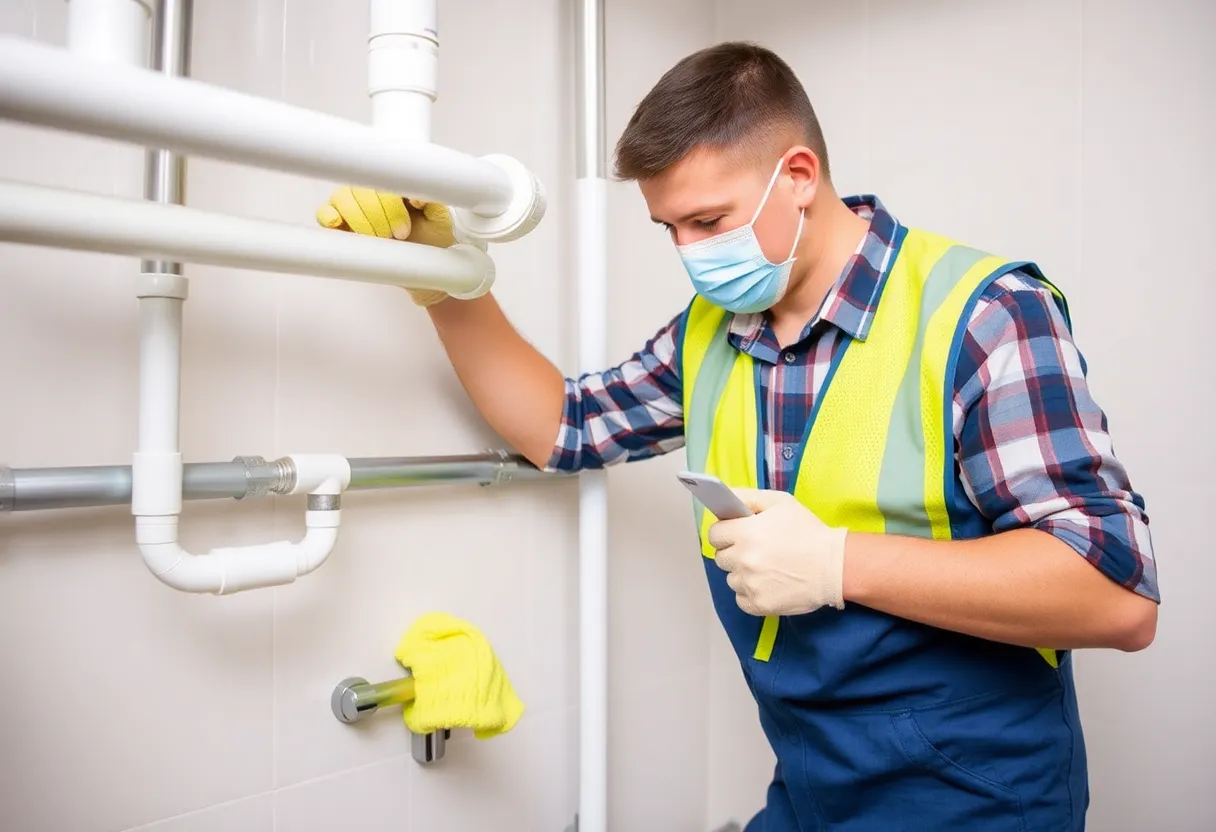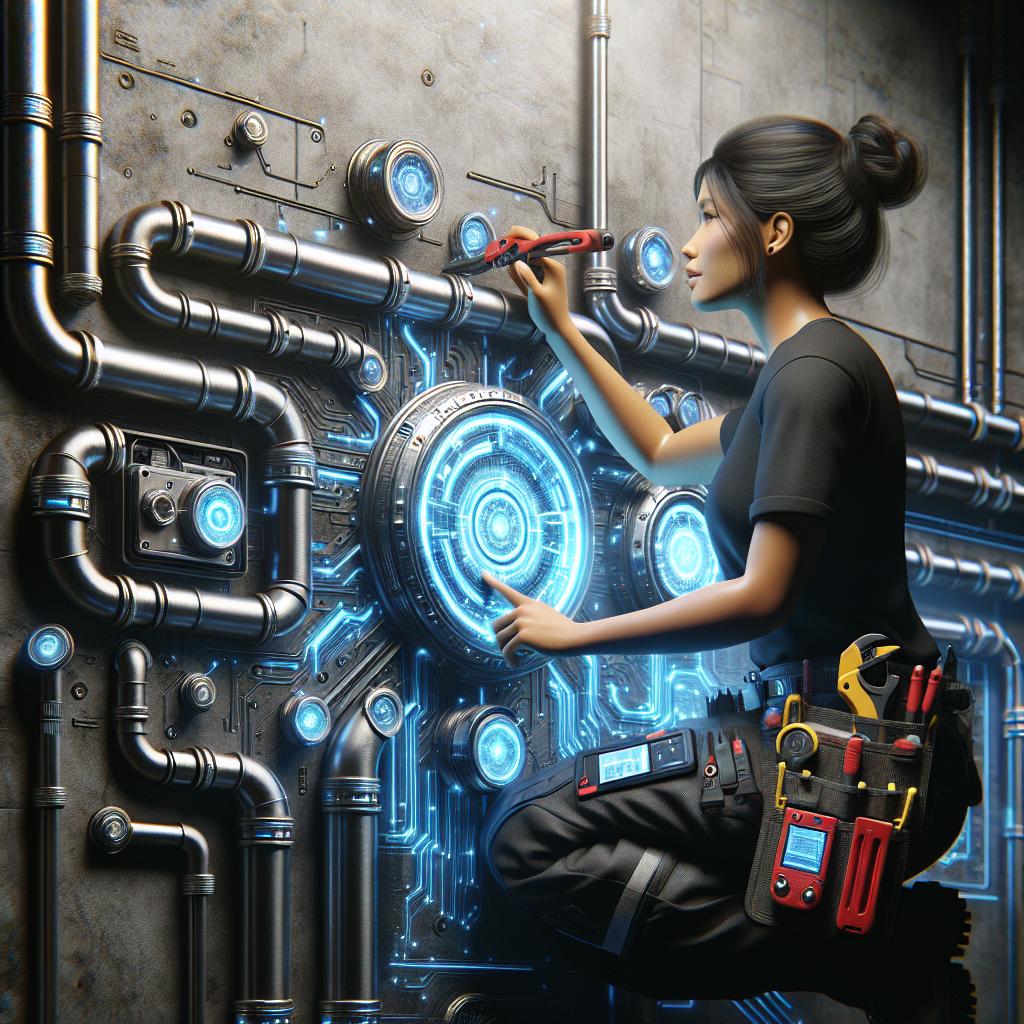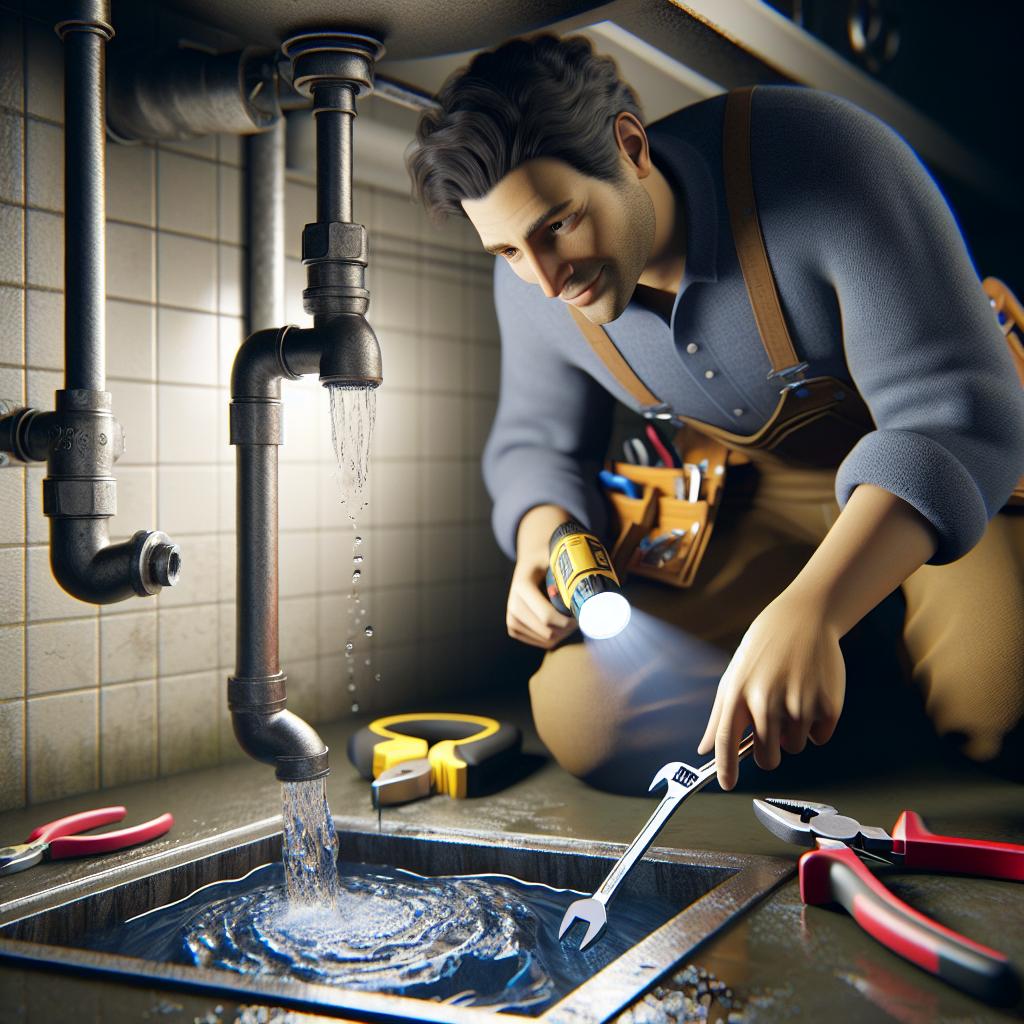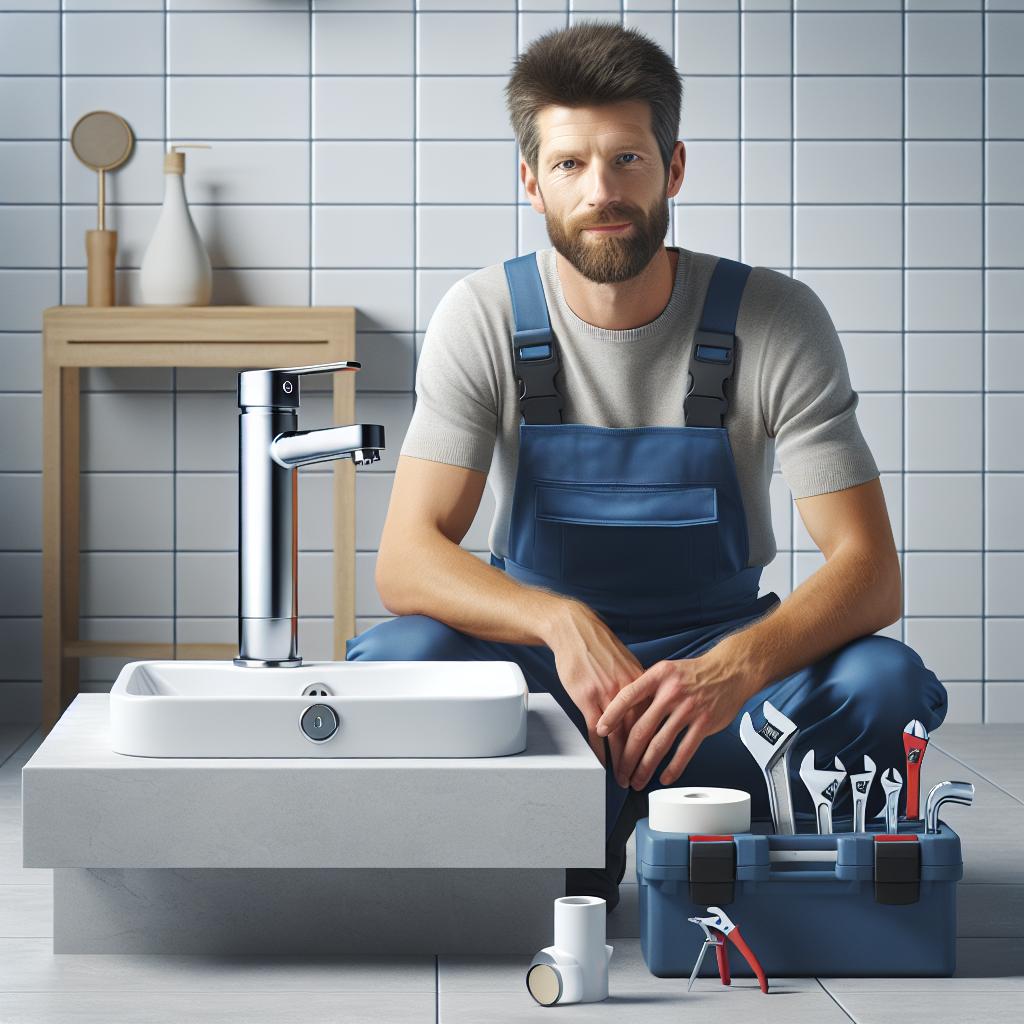The Hidden Burdens: 7 Overlooked Plumbing Issues That Could Cost You More Than You Think
Plumbing issues can often be the silent culprits lurking behind the walls of your home, causing damage and driving up costs without you even realizing it. Homeowners frequently focus on visible problems such as leaky faucets or clogged toilets, yet there are numerous hidden plumbing issues that can lead to significant expenses if left unaddressed. Below, we explore seven overlooked plumbing problems that could end up costing you more than you think, along with tips on how to spot them and how to manage the risks they pose.
1. Silent Leaks
Many homeowners believe that leaks are only problematic when they are visible. However, silent leaks can occur within walls, under floors, or in rarely accessed plumbing systems, leading to extensive water damage.
Why They Matter
When water drips slowly from pipes or fixtures, it may seem minor, but over time, the consequences compound. These silent leaks can:
- Decrease your home’s water pressure.
- Cause mold or mildew growth, jeopardizing indoor air quality.
- Damage your home’s structure, leading to costly repairs.
How to Detect Silent Leaks
To catch silent leaks before they escalate, consider the following:
- Monitor your water bill for unexpected increases.
- Check water meter readings before and after a couple of hours of no water use.
- Inspect areas around appliances and walls for dampness or discoloration.
2. Aging Pipes
Old plumbing infrastructure can deteriorate over time, leading to a myriad of problems including corrosion, leaks, and burst pipes.
Understanding the Risks
Aging pipes can pose a severe risk for homeowners, especially if their plumbing system is made up of materials not suited for long-term use. Pipes made from lead or galvanized steel are particularly concerning, as they can:
- Cause health risks due to lead contamination.
- Blockage from rust and mineral buildup, leading to clogs.
- Increase the likelihood of breaks and leaks.
Do You Have Aging Pipes?
If your home is over 50 years old, consider scheduling a plumbing inspection to assess the condition of your pipes. Look for:
- Discoloration or discoloration in your water.
- Low water pressure.
- Frequent clogs.
3. Poor Drainage Systems
Drainage systems that are poorly designed, installed incorrectly, or have not been maintained can lead to serious issues over time.
The Consequences of Poor Drainage
A poorly functioning drainage system can cause:
- Water pooling near foundations, leading to structural damage.
- Increased stress on pipes, leading to premature failure.
- Unpleasant odors and pest infestations from stagnant water.
How to Improve Your Drainage Systems
Regular maintenance is key to ensuring proper drainage. Consider:
- Regularly cleaning gutters and downspouts.
- Installing drainage solutions such as French drains in susceptible areas.
- Assessing your landscaping to ensure proper water flow away from the home.
4. Water Heater Issues
Your water heater is essential for comfort and convenience, but problems with this appliance often go unnoticed until they cause major disruptions.
Common Water Heater Problems
Issues with water heaters may include:
- Accumulation of sediment, leading to inefficiency and lifespan reduction.
- Leaking tanks, which can lead to extensive water damage.
- Temperature issues, posing safety risks or discomfort.
Maintaining Your Water Heater
To prolong the life of your water heater and prevent major expenses, consider:
- Flushing the tank annually to remove sediment buildup.
- Checking the temperature and pressure relief valve regularly.
- Insulating your water heater and pipes to prevent heat loss.
5. Overworking Your Plumbing System
Overloading your plumbing system can occur gradually and often goes unnoticed until it leads to clogs or other issues.
How Overworking Happens
Overworking your plumbing system can result from:
- Excessive use of certain fixtures (e.g., multiple showers running at the same time).
- Flushing inappropriate items down the toilet.
- Using chemical drain cleaners excessively, leading to pipe damage.
Recognizing Overwork Symptoms
Being aware of the signs of an overstressed plumbing system can help avoid damage:
- Frequent clogs or backups.
- Unusual noises coming from pipes.
- Inconsistent water pressure.
6. Faulty Fixtures
Faucets, toilets, and showerheads can all be sources of plumbing problems, often unnoticed until they lead to larger issues.
What Faulty Fixtures Can Do
Common issues with plumbing fixtures include:
- Dripping faucets that waste significant amounts of water over time.
- Running toilets that can increase your water bill.
- Leaky showerheads that can lead to further plumbing damage.
Maintaining Your Fixtures
Regular inspection and maintenance of fixtures can prevent larger problems:
- Replacing worn washers and gaskets.
- Inspecting hoses and connections for leaks.
- Cleaning aerators to maintain water flow.
7. Lack of Maintenance
One of the most critical overlooked issues in plumbing is the lack of routine maintenance.
The Cost of Neglect
Without regular check-ups, minor plumbing issues can escalate into significant problems:
- Failure to address minor leaks can result in costly water damage.
- Ignoring drainage problems can lead to major repairs.
- Not cleaning fixtures can eventually cause complete system breakdown.
Establishing a Maintenance Routine
Taking a proactive approach can save you money in the long run. Consider the following:
- Schedule annual plumbing check-ups with a professional.
- Make a checklist for home plumbing maintenance.
- Invest in preventive measures such as drain guards and water softeners.
Conclusion
Plumbing problems can have significant hidden consequences that many homeowners overlook. Understanding these issues and taking proactive steps to address them can prevent costly repairs and extensive damage down the road. By remaining vigilant and scheduling regular maintenance, you can protect your home from the hidden burdens of plumbing issues. Remember, a little attention today can save you a great deal of expense and trouble tomorrow. Stay informed, stay proactive, and ensure the plumbing at your home continues to operate smoothly.
